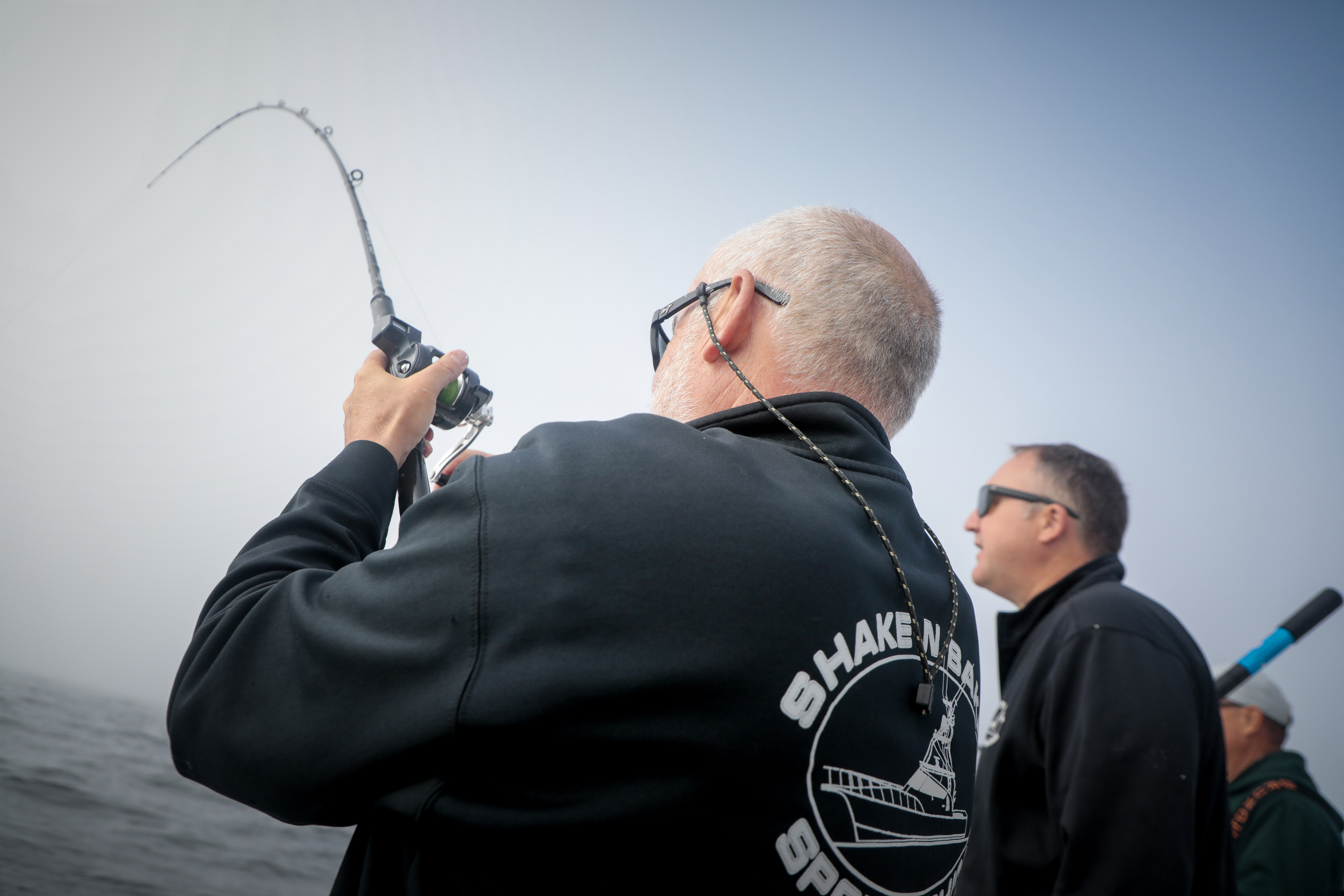Chinook school century: Center of good neighborliness marks a milestone
Published 12:11 pm Sunday, June 23, 2024

- Students in Chinook are shown in this historic photograph, which was likely taken between 1896 and 1908, depicting one of the community’s first schools.
On summer Sunday mornings, colorful flags along U.S. Highway 101 in Chinook whip in the wind in front of the Historic Chinook School building.
Trending
At the seasonal Chinook School Market, tents are up with farmers and vendors selling fruit, hot snacks and candy. Artists display jewelry and crafts in old classrooms bathed in morning sunlight through large multi-pane windows.
The 1924 school building, which marked its centennial anniversary in the spring, is now a community event center. The site on which it was built was first inhabited by members of the Chinook tribes for thousands of years, and has been a gathering place ever since.
The town of Chinook held its first annual school and community fair in 1916, filling the classrooms with the area’s best sewing and fancywork as well as canning and preserves — similar to today’s market.
Trending
In those days, the previous school — a two-story wooden vernacular structure with a third-story bell tower — stood at about the footprint of where the school rests today.
Education for the sons and daughters of newly settled European immigrants began around the 1870s on various farms and ranches. In 1878, Maggy Brown taught four pupils, Metty and Rosy Church, Joe and Amos Church, and Charles Ford on the Giles Farm.
According to “Chinook by the Sea,” a 1924 text written by former school superintendent and principal Lewis R. Williams, “the common pastime among pupils in those days were mud fights in which the combatants in hand to hand conflict sometimes would plaster to an unrecognizable degree the faces and clothes of their enemy.”
‘The common pastime among pupils in those days were mud fights in which the combatants in hand to hand conflict sometimes would plaster to an unrecognizable degree the faces and clothes of their enemy.’
Though classrooms started out small, more families arrived in the area throughout the 1870s and 1880s, giving the school system the need to expand to serve children across the tidelands from Chinook to Ilwaco. Eventually, a playground was built and soccer games replaced the mud fights.
Though, as many know, little can keep adventurous children out of the mud. Williams’ text continues:
“As the old bell rang for school there was a stampede for the swamp where the gentle thirst of rugged, growing children was quenched in the water where lived and thrived the skunk cabbage, water lilies, frogs and snakes …”
The establishment of Fort Columbia on Chinook Point between 1896 and 1903 gave the area a need to construct a larger school building for the influx of new settlers and their families. The school was enlarged in 1909 with an addition that eventually linked the school building to the gymnasium, built in 1921.
By 1924, the community supported an even newer, more robust school building on par with the modern concrete buildings popping up in post-fire downtown Astoria.
As such, it made sense to hire Astoria architect John Wicks for the job, as he had been architecturally responsible for the gymnasium building. For decades after, the school and gym served as a community hub.
Historian Nancy Lloyd describes the buildings as “gathering places to host traveling speakers and evangelists, chautauqua assemblies, fairs and school celebrations, band and choral concerts, community plays, immunization drives, Boy Scout honor courts, anything of community interest.”
She adds that the school library served the whole community. Despite their purposeful use, the school buildings were vacated in 1966 when the consolidated Ocean Beach School District replaced the Chinook School District.
Though students were relocated to a different school building, abandoning the Chinook School and the gym ultimately left the community without a place to hold events, seek support, or play indoor sports during rainy winter months. Over time, without regular care and maintenance, the buildings fell into deterioration.
In 2000, a group of citizens came together to form the nonprofit Friends of Chinook School, with a mission to restore the buildings. The group found enthusiasm from the community who supported the project through partnerships and fundraising efforts.
In 2007, the Port of Chinook, who had taken possession of the building when the school district had relinquished it, signed a 33-year lease with Friends of Chinook School, who could get to work restoring and remodeling the gym. Their lofty goals included building a new foundation, raising the building, rehabilitating the windows, designing accessibility upgrades and updating mechanical and electrical components.
Architect David Jensen was hired to create a plan for the project with Corky Wilson as construction manager. The gym restoration was completed in 2012.
The school building required its own new foundation and windows, along with a new roof and several interior renovations, including retiling the restrooms and installing historically accurate light fixtures. Upon completion in 2016, the buildings reopened in the spirit of their original tradition of serving the community.
Even as an event space, the buildings operate as living history. Original desks and chalkboards continue to reside in the classroom, which now functions as the “history room.” Names carved into the railing of the gym celebrate decades of students who watched staged performances and basketball games.
Though the event center and community space found significant challenges during the covid pandemic, today the Historic Chinook School is back on its feet — booking events and supporting Pacific County as an emergency gathering space.
Several events to celebrate the school’s 100th birthday will roll out throughout the year, including a school reunion in September, the 18th annual Oktoberfest and an end-of-year 1920s-themed gala — in addition to the market, which runs on Sundays through late September.









